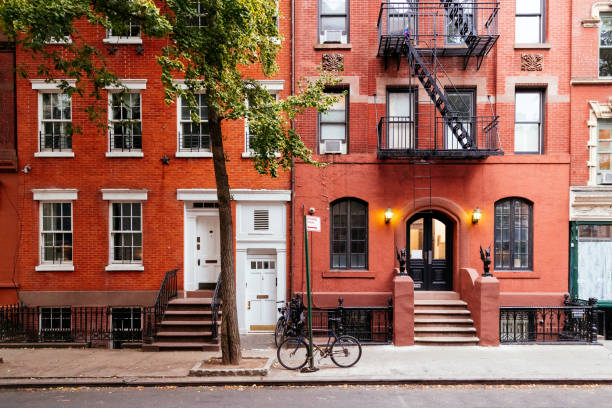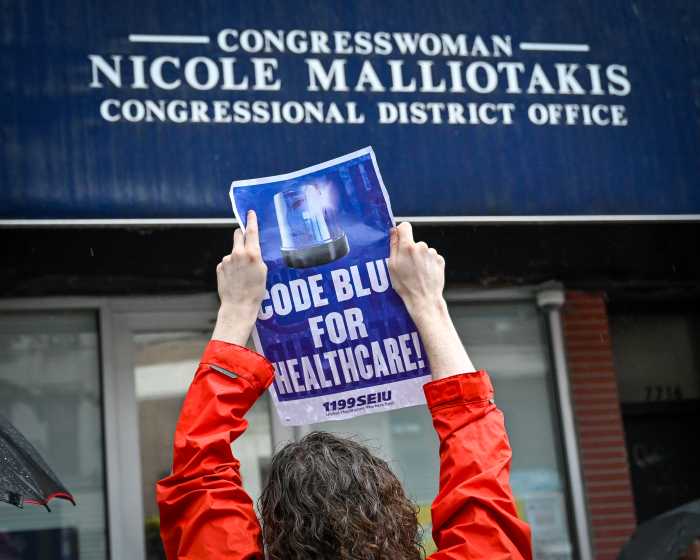
The New Amsterdam Market last spring.
BY TERESE LOEB KREUZER | The New Amsterdam Market will be back in the South Street Seaport this summer on a limited basis.
The market, which showcases local and regional food producers and small businesses that use their products, will hold monthly markets on South St. between Beekman St. and Peck Slip, starting Sun. June 23 from 11 a.m. to 5 p.m.
The market began in 2007 for special events, and started opening weekly in September 2010. In 2011 and 2012, the Sunday markets started in the spring and continued through December.
Though the weekly markets drew large crowds, Robert LaValva, the founder of the New Amsterdam Market, has decided to pull back this year because of uncertainty about the future of the South Street Seaport.
The Howard Hughes Corp., which has a 60-year-lease on parts of the Seaport, also has a Letter of Intent in place with the New York City Economic Development Corp. that would give it an option to develop the landmarked Tin Building and the New Market Building, both once part of the Fulton Fish Market.
LaValva’s vision had been not just to have a farmers’ market, but to revive the historic Fulton Fish Market district, which the New Amsterdam Market’s mission statement describes as “a priceless public legacy that is owned by the people of New York and whose two market sheds have remained empty and unused since 2005 [when the Fulton Fish Market moved to Hunts Point in the Bronx]. By bringing residents back to the Seaport, we are reviving the East River Market District — a rare fragment of our city’s first port and oldest commercial neighborhood.”
The New Market Building was dedicated for public use by Mayor Fiorello LaGuardia in 1939. The adjacent Tin Building is on the site where the original Fulton Fish Market opened in the early 19th century.
According to LaValva, public markets have been held in the Seaport since 1642.
On May 23, he received an award from the Historic Districts Council, which cited him for creating the New Amsterdam Market — “an organization with a mission to incubate a new and growing economic sector — small businesses such as butchers, grocers, mongers and other vendors who source, produce, distribute and sell foods made with regional ingredients as well as carefully selected imports and to do so where the city’s market history began, at the foot of Fulton St. on the East River.”
The Historic Districts Council also lauded him for “fighting inappropriate development in order to return this rare fragment of our city’s first port and oldest commercial neighborhood into a thriving public destination for all New Yorkers.”
On May 22, about 30 people attended a community meeting to discuss the future of the South Street Seaport. It was sponsored by Congressman Jerrold Nadler, Assembly Speaker Sheldon Silver, State Sen. Daniel Squadron, Borough of Manhattan President Scott Stringer, Councilmember Margaret Chin and Community Board 1.
Participants said that their concerns about the Seaport included the future of the South Street Seaport Museum and its historic ships, the historic preservation of the area, and what is to become of the New Amsterdam Market.
LaValva said that he was encouraged that the consensus was that no further development should take place in the Seaport until the community has had a chance to draw up a master plan.


































